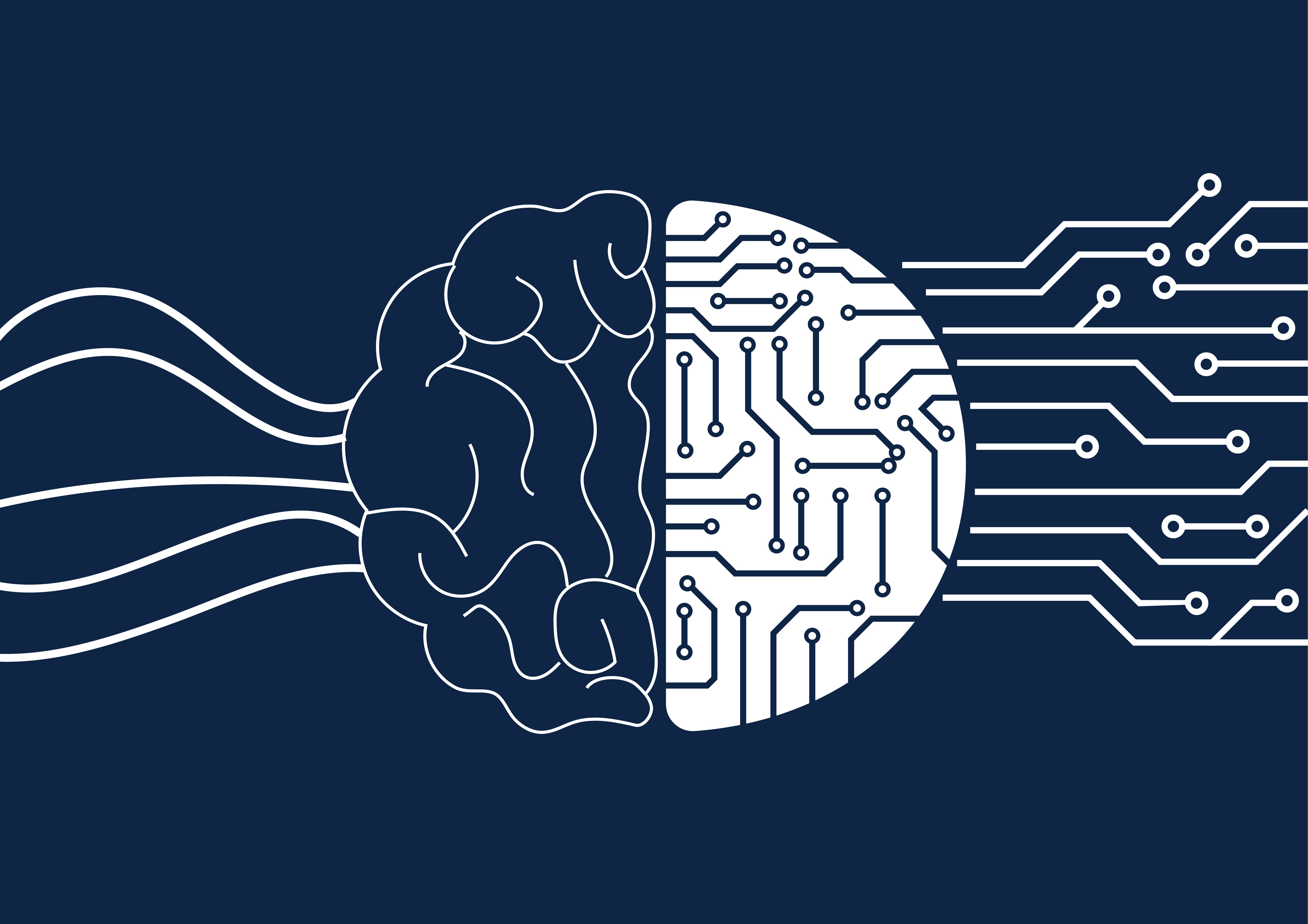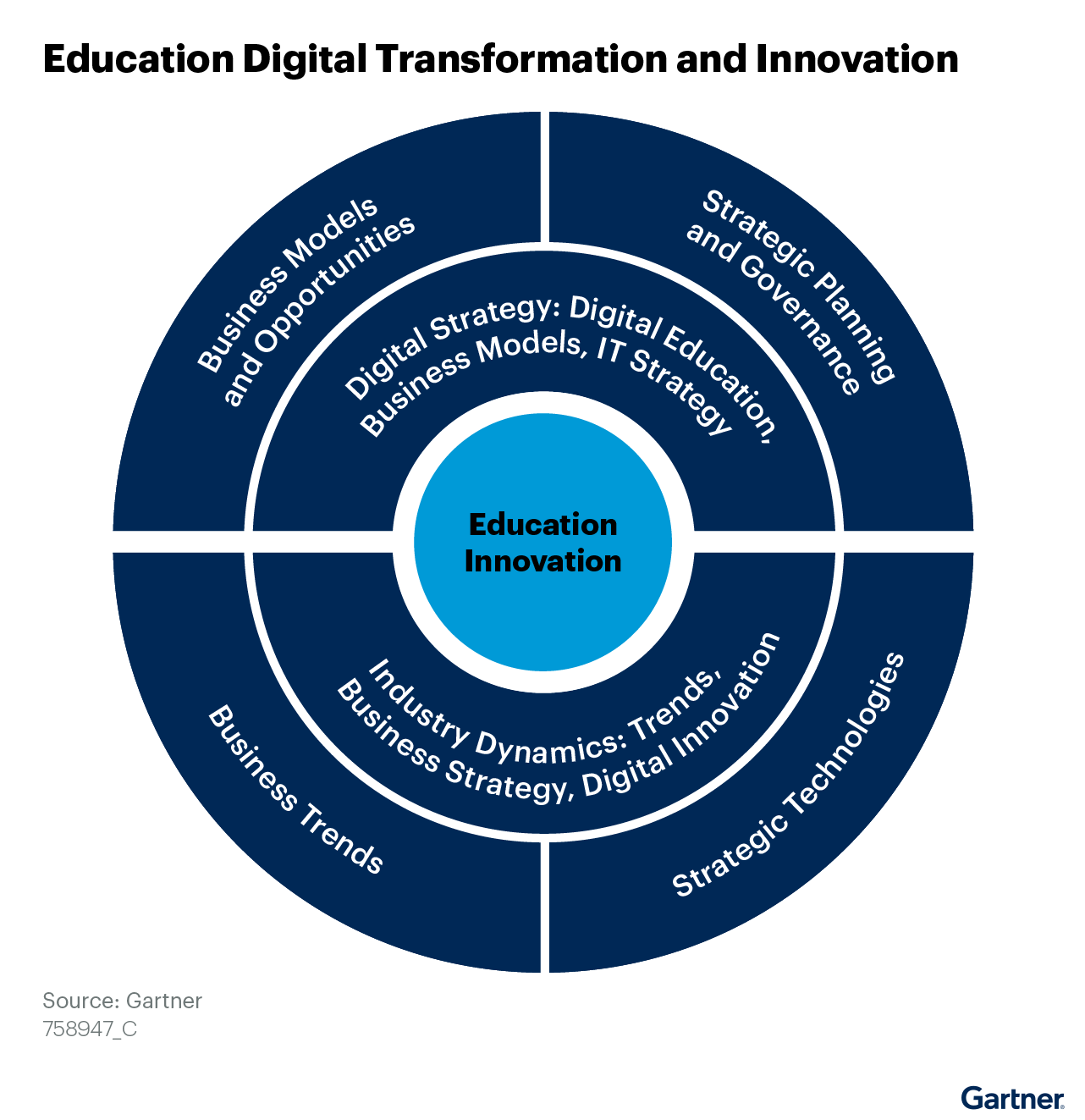CDN’s Role in the Digital Transformation of the Education Sector

Content Delivery Networks (CDNs) play a crucial role in enhancing the digital transformation of the education sector by addressing key challenges and providing numerous benefits:

1. Overcoming Bandwidth Constraints:

- CDNs distribute content from multiple edge servers located closer to end-users.
- This reduces latency and improves streaming quality, especially for resource-intensive educational videos and simulations.
2. Enhancing Security:
- CDNs provide various security features such as SSL encryption, DDoS mitigation, and IP address filtering.
- These measures protect educational institutions and students from cyber threats, ensuring data privacy and network stability.
3. Improving Accessibility and Reliability:
- CDNs ensure content is always available, even during peak usage hours.
- They provide redundant connections and automatic failover mechanisms, guaranteeing uninterrupted access to educational materials for students regardless of location or device.
4. Enabling Personalized Learning Experiences:
- CDNs allow educational institutions to tailor content delivery based on student profiles and preferences.
- By understanding a student’s learning style and device capabilities, CDNs can provide optimized content and enhance the overall learning experience.
5. Reducing Costs for Institutions:
- CDNs can significantly reduce bandwidth costs for educational institutions.
- By caching content locally, CDNs minimize the need for direct server connections, freeing up resources for other critical IT initiatives.
6. Supporting Remote Learning and Hybrid Models:
- CDNs facilitate seamless access to educational materials for students learning remotely or in hybrid environments.
- They ensure consistent performance and quality regardless of the user’s location or network conditions.
7. Data Analytics for Educational Insights:
- CDNs provide real-time data analytics on content usage, performance, and user behavior.
- These insights help educational institutions track student progress, identify areas for improvement, and optimize their content delivery strategies.
8. Collaboration and Content Sharing:
- CDNs facilitate collaboration among educators and institutions.
- They enable easy sharing of educational resources, videos, and lectures across different platforms and locations.
9. Supporting Educational Research and Innovation:
- CDNs provide a stable and reliable infrastructure for conducting educational research and experimenting with new technologies.
- They support data-intensive projects, machine learning applications, and virtual reality experiences.
Conclusion:
CDNs are essential in driving the digital transformation of the education sector. By addressing bandwidth constraints, enhancing security, improving accessibility, and enabling personalized learning experiences, CDNs empower educational institutions to deliver high-quality educational content to students anywhere, anytime. They also reduce costs, support remote learning models, provide data insights, and facilitate collaboration and innovation, transforming the way education is delivered and consumed in the digital age.## The Role Of CDN In The Digital Transformation Of The Education Sector
Executive Summary
Content Delivery Networks (CDNs) have emerged as a critical component in the digital transformation of the education sector. By leveraging CDN technology, educational institutions can enhance the delivery of online content, improve the user experience, and support the growing demand for digital learning resources. This comprehensive article explores the multifaceted role of CDNs in revolutionizing education, examining key subtopics such as improved content delivery, increased accessibility, reduced latency, enhanced cybersecurity, and cost optimization.
Introduction
The digital transformation of education has gained immense momentum, driven by the proliferation of online learning platforms, the adoption of remote learning models, and the increasing availability of digital content. This transformation has placed significant demands on educational institutions to deliver high-quality digital learning experiences that are accessible, engaging, and secure. Content Delivery Networks (CDNs) have emerged as a vital solution to these challenges, enabling educational institutions to optimize the delivery of online content and enhance the overall learning experience.
FAQs
FAQ 1: What is a CDN and how does it work?
- A CDN is a geographically distributed network of servers that stores and delivers content closer to users.
- When a user requests content from a CDN, the request is routed to the nearest server, reducing latency and improving content delivery speed.
FAQ 2: How can CDNs benefit the education sector?
- CDNs improve the delivery of online content, ensuring smooth streaming of videos, downloads, and other multimedia resources.
- They enhance accessibility by making content available to users regardless of their location or connection speed.
FAQ 3: What are the advantages of using a CDN for online education?
- Reduced latency improves the user experience, making it more engaging and satisfying.
- Increased content availability enhances accessibility and reduces the frustration of slow or interrupted downloads.
- Enhanced cybersecurity measures protect sensitive data and learning platforms from cyber threats.
Subtopics
Improved Content Delivery
- Faster download speeds: CDNs cache content on multiple servers, enabling users to access it at the nearest location, resulting in significantly faster download times.
- Reduced buffering: By reducing latency and improving content delivery speed, CDNs eliminate buffering issues, ensuring smooth streaming of videos and other multimedia resources.
- Improved user experience: Faster content delivery and reduced buffering enhance the user experience, making online learning more engaging and enjoyable.
Increased Accessibility
- Global reach: CDNs have a global presence, providing access to educational content for users regardless of their location.
- Diverse connectivity: CDNs support a wide range of devices and internet connections, ensuring that users can access content with minimal disruptions.
- Enhanced availability: By replicating content on multiple servers, CDNs increase content availability, reducing the risk of downtime and ensuring uninterrupted access to learning materials.
Reduced Latency
- Optimized routing: CDNs intelligently route content requests to the nearest server, minimizing latency and improving response times.
- Reduced ping times: By reducing the distance between the user and the content source, CDNs significantly lower ping times, resulting in faster content loading and improved interactivity.
- Enhanced interactivity: Reduced latency allows for more responsive and interactive online learning experiences, such as video conferencing, online simulations, and virtual reality applications.
Enhanced Cybersecurity
- Protected content: CDNs implement advanced security measures, such as encryption and access control, to protect sensitive educational content from unauthorized access and cyber threats.
- Protected user data: CDNs also safeguard user data, such as login credentials and personal information, by encrypting transmissions and implementing security protocols.
Cost Optimization
- Reduced bandwidth costs: CDNs reduce the load on institutional servers by caching content, minimizing bandwidth consumption and associated costs.
- Improved infrastructure utilization: By offloading content delivery to a CDN, educational institutions can optimize their infrastructure and focus on other critical areas.
Conclusion
In the evolving landscape of digital education, Content Delivery Networks (CDNs) have become an indispensable tool for educational institutions seeking to enhance the delivery of online content, improve the user experience, and support the growing demand for digital learning resources. By leveraging CDNs, educational institutions can overcome the challenges of latency, accessibility, cybersecurity, and cost optimization, ensuring that students have access to high-quality, engaging, and secure digital learning experiences. As the education sector continues to embrace digital transformation, CDNs will play an increasingly pivotal role in shaping the future of education.
Keyword Tags
- Content Delivery Network (CDN)
- Digital Transformation in Education
- Online Education
- Improved Content Delivery
- Enhanced Cybersecurity
